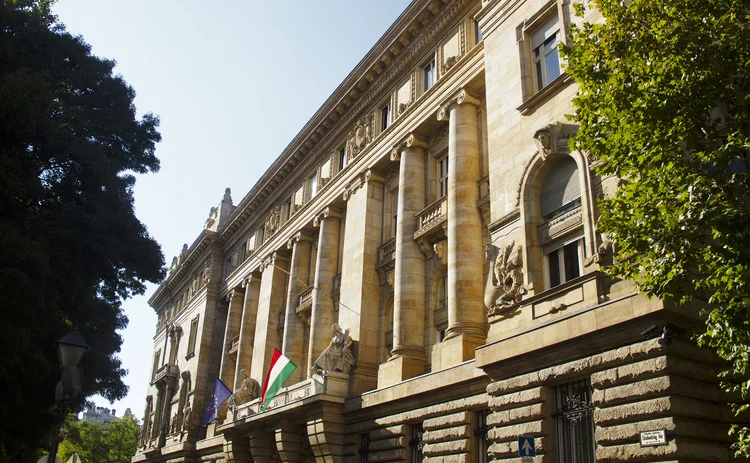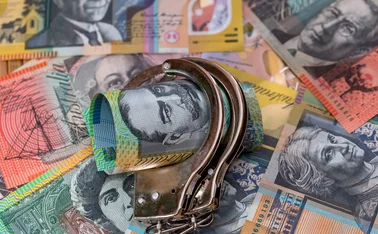
Hungary holds rates after June ‘turning point’
Finance minister says central bank was operating in “cyclops mode”

The Central Bank of Hungary (MNB) paused its easing campaign on August 27 after 10 consecutive interest rate cuts.
It left the corridor unchanged, with the key policy rate staying at 6.75%, after inflation rose to 4.1% in July. Its target rate of inflation is 3% in annual terms with a 1% tolerance band.
The MNB said in June that it had passed a “turning point” in its monetary policy, and that any future decisions would either be to hold rates or cut them by only 25 basis points.
The monetary
Only users who have a paid subscription or are part of a corporate subscription are able to print or copy content.
To access these options, along with all other subscription benefits, please contact info@centralbanking.com or view our subscription options here: subscriptions.centralbanking.com/subscribe
You are currently unable to print this content. Please contact info@centralbanking.com to find out more.
You are currently unable to copy this content. Please contact info@centralbanking.com to find out more.
Copyright Infopro Digital Limited. All rights reserved.
As outlined in our terms and conditions, https://www.infopro-digital.com/terms-and-conditions/subscriptions/ (point 2.4), printing is limited to a single copy.
If you would like to purchase additional rights please email info@centralbanking.com test test test
Copyright Infopro Digital Limited. All rights reserved.
You may share this content using our article tools. As outlined in our terms and conditions, https://www.infopro-digital.com/terms-and-conditions/subscriptions/ (clause 2.4), an Authorised User may only make one copy of the materials for their own personal use. You must also comply with the restrictions in clause 2.5.
If you would like to purchase additional rights please email info@centralbanking.com test test test








